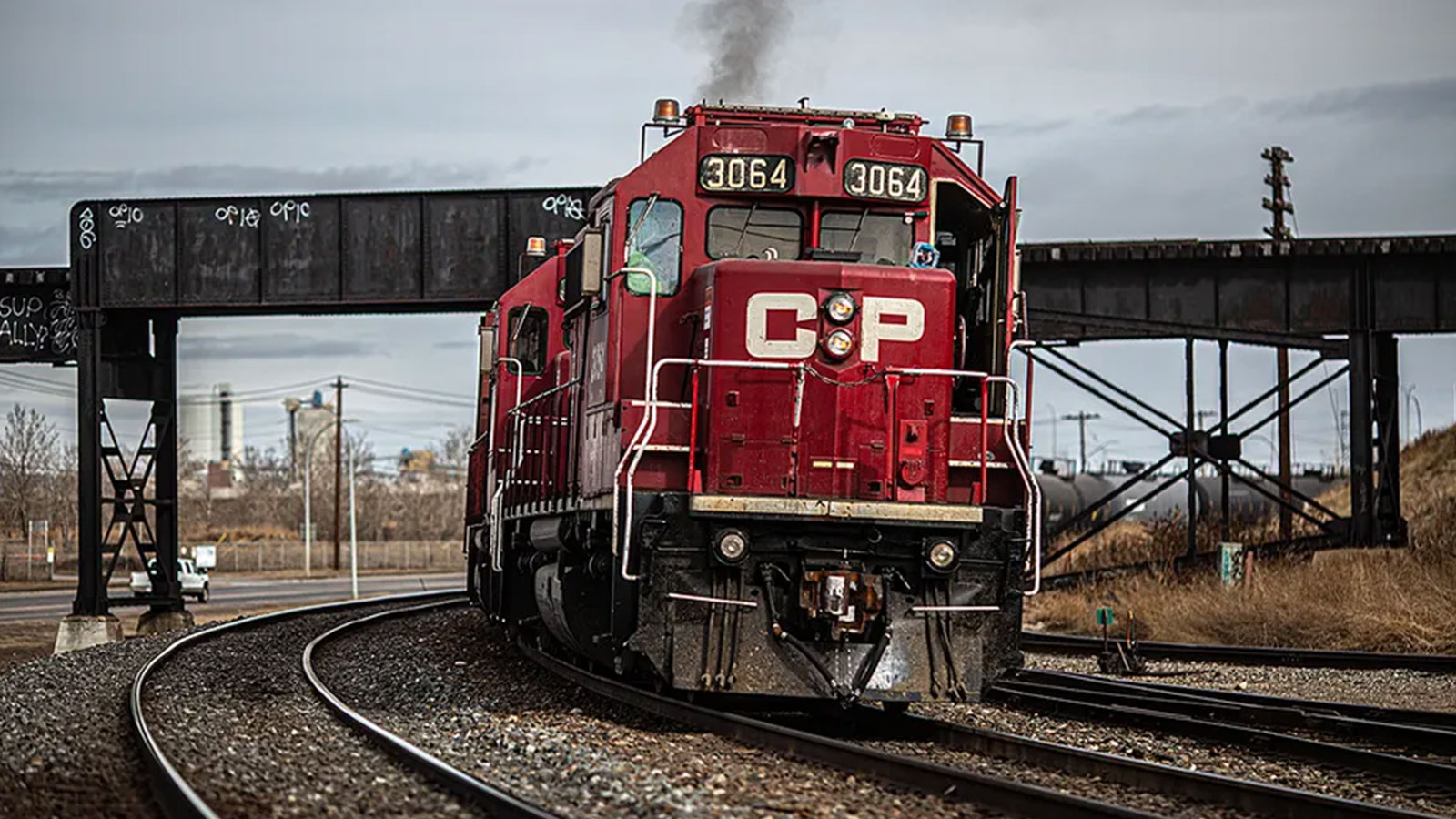It’s an unfortunate truth that over the course of our nation’s history, progress has often come at the expense of Black and other racial minority communities. From heavy manufacturing to busy rail lines, too often, communities of color are expected to pay more than their share of the cost of development.
The ongoing fallout from last month’s derailment of a Norfolk Southern train carrying toxic chemicals in East Palestine, Ohio illustrates in no uncertain terms just how crucial the question of environmental justice is to the future of rail safety in America.
This writer has reported multiple concerns in past columns that a pending merger between two large railroads—Canadian Pacific and Kansas City Southern—would be the next example of minority communities being asked to bear the brunt of development. New comments submitted to the U.S. Surface Transportation Board (STB) by the Environmental Protection Agency (EPA) have only added fuel to that fire.
Regulatory agencies aren’t typically known for their brevity. So, in its paraphrased comments to the STB, the EPA suggested that those reviewing the merger proposal conduct further analysis to determine the “disproportionate adverse impact the proposed acquisition would have” on poor neighborhoods – also known as environmental justice communities.
Put another way, the EPA is worried that this proposal will—like so many that came before it—have a greater negative impact on minority communities than on the nation at large.
This simply isn’t right. It wasn’t right before disaster in East Palestine, and it feels even more negligent now in the face of such clear evidence of the stakes of the rail safety debate.
The primary adverse impact identified by the EPA in its analysis of the environmental impact statement (EIS) prepared by the STB was noise. Certainly, noise is no small concern. Those living in communities adjacent to busy freight rail lines can attest to the disruption that comes along with a massive train rattling windows at all hours. But noise isn’t the only consideration. Minority communities adjacent to the Canadian Pacific/Kansas City Southern lines would face a host of other impacts, from poor air quality to increased congestion and reduced emergency response time due to traffic at crossings.
The stakes have only grown higher following the East Palestine tragedy. The nation has seen what can happen to communities along rail lines. The risk of an incident has always been there, but that risk feels significantly more tangible in light of the images of dark chemical clouds looming above a small town in Ohio.
What’s more, one of the local elected officials in East Palestine recently wrote to the STB urging concern over the merger’s impact on the movement of hazardous materials across the country noting that the proposed acquisition would result in a staggering two million additional tank cars moving on the nation’s rail lines filled with the same hazardous materials that derailed and created such an environmental calamity in Ohio.
Minority communities shouldn’t be expected to simply accept these risks. The EPA is clear: More study is needed to determine just how severe the impact on environmental justice communities tied to this acquisition would be.
There’s a reason so many concerned observers have spoken up in opposition to this proposal. From local officials in Houston, Texas, and Ohio to Senators Elizabeth Warren, Dick Durbin, and Tammy Duckworth, the acquisition has sparked concerns about safety and competitiveness. The Department of Justice even wrote in opposition due to concerns associated with anti-trust laws.
Freight rail is, without question, crucial to the overall economic health of the U.S. But focus on economic health should not come at the expense of focus on the health of minority communities.
There is no doubt that supporters of this acquisition would prefer to move quickly. Those seated in board rooms rarely welcome calls for further study and analysis. But, to those who live and work along the rail lines in question—the idea of rushing approval of such a project is difficult to comprehend.
The STB should listen to the EPA, the DOJ, members of Congress and those on the front lines of the disaster in Ohio. Rushing approval benefits few outside of the aforementioned board rooms.
Further study could very well save lives.
Source: TriceEdneyWire.com















